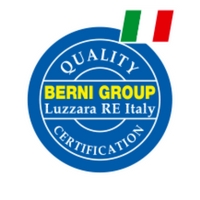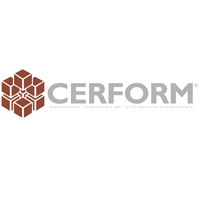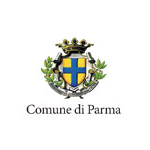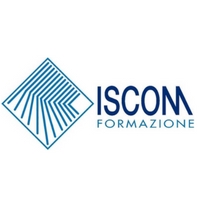UPDATING SYSTEMS ADMINISTRATOR SKILLS FROM MICROSOFT WINDOWS 2000 TO WINDOWS SERVER 2003 [E023]
Durata: 16 ore
UN BUON MOTIVO PER
Questo Workshop fornisce agli studenti la preparazione e le competenze necessarie per gestire e mantenere un ambiente Microsoft Windows Server 2003 in rete.
A CHI È RIVOLTO
Amministratore/Sistemista
Prerequisiti: Disporre di una certificazione MCSA su Windows 2000 o MCSE su Windows 2000.
COMPETENZE ACQUISITE
Al termine del corso il candidato sarà in grado di utilizzare Updating system administrator.
PROGRAMMA DI DETTAGLIO
1) Introduction to Systems Administration in Windows Server 2003
• Identify the products in the Windows Server 2003 family.
• Describe the tools and resources available to perform tasks throughout the
• workshop.
2) Managing Users, Computers, and Groups
• Create user accounts by using CSVDE.
• Create user accounts by using the dsadd command.
• Modify the properties of multiple accounts.
• Create computer accounts by using the dsadd command.
• Create groups by using the dsadd command.
• Add members to a group by using the dsmod command.
• Copy the properties from an existing account when creating a new account.
• Find Active Directory objects.
• Move an Active Directory object by using the drag and drop technique of
• management in Active Directory Users and Computers.
• Reset computer accounts.
• Describe the effect of resetting passwords in Windows Server 2003.
• Determine the effective permissions on an Active Directory object.
3) Using the GPMC to Manage Group Policy
• Implement Group Policy by using the GPMC.
• Use the gpupdate command to refresh a GPO.
• Manage GPOs by
• using the GPMC, which includes:
• Backing up a GPO.
• Copying a GPO.
• Importing a GPO.
• Use Group Policy Results to troubleshoot Group Policy-related issues.
• Use Group Policy Modeling to experiment with possible Group Policy
• configurations.
4) Managing Resources and Security
• Determine the effective NTFS permissions for files and folders.
• Change the owner for an existing file or folder.
• Create custom security templates.
• Apply security templates by using Group Policy.
• Configure NTFS permissions by using security templates.
• Audit security settings by using Security Configuration and Analysis.
5) Managing DNS
• Install DNS by using the Manage Your Server tool.
• Create forward lookup zones.
• Create reverse lookup zones.
• Configure DNS conditional forwarding.
• Configure DNS zones, which includes:
• Configuring zone options.
• Configuring zones for secure dynamic update.
• Configuring Active Directory integrated zones.
• Create DNS stub zones.
6) Managing Servers
• Create desktop shortcuts that run the Run as command.
• Connect to a remote server by using MMC snap-in tools.
• Connect to a remote server by using the Remote Desktop Connection utility.
• Determine the best tool to use for remote administration in specific situation.
• Configure client connection speed for the
• Remote Desktop Connection utility.
• Configure auto reconnect for the Remote Desktop Connection utility.
7) Managing Terminal Services
• Install Terminal Services.
• Install a Terminal Services Licensing server.
• Configure Terminal Services, which includes:
• Setting the level of encryption for terminal server user sessions.
• Controlling terminal server user connection access.
• Configuring time-out settings from remote connections. Monitoring remote desktop connection sessions. Manage user sessions by using Terminal Services Manager.
• Diagnose and resolve issues related to Terminal Services security.
• Diagnose and resolve issues related to Terminal Server License issues.
8) Managing IIS 6.0 Web Services
• Install IIS 6.0.
• Configure authentication.
• Install ASP.NET. Allow
• ASP.NET in Web service extensions.
• Manage ASP.NET
• configuration files.
• Implement Web
• applications. Implement application pooling.
• Manage the IIS 6.0 metabase.
• Manage an IIS server in a remote location.
• Monitor and optimize IIS 6.0.
9) Maintaining Software by Using Software
10) Update Services
• Install and configure
• SUS on a server.
• Configure automatic updates.
• Use Group Policy to configure
• SUS clients.
• Manage a software update infrastructure.
• Back up and restore an
• SUS configuration.
• Test an SUS implementation.
11) Managing Disaster Recovery
• Use Automatic System Recovery (ASR) to back up and restore a server.
• Restore data from shadow copies.
• Roll back to a previous version of a device driver.
• Configure security for backup operations.
• Troubleshoot problems associated with restoring data.
• Troubleshoot issues related to the boot process.
Clicca qui per la scheda corso completa o visualizzala direttamente da Slideshare.

















































